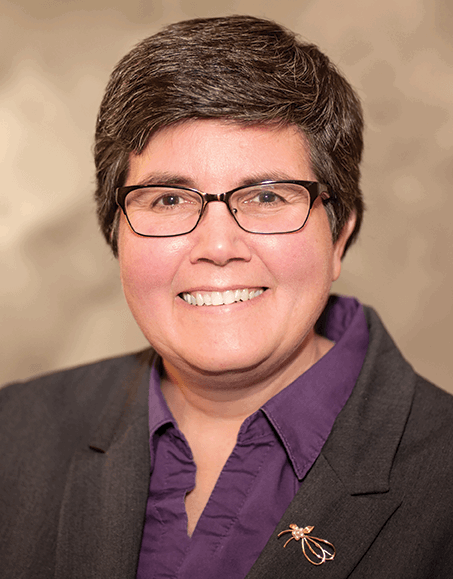The May issue of the Bulletin of the American College of Surgeons centered on the theme of implementing the World Health Assembly Resolution 68.15 from a global perspective.1 The articles in that issue represent an encouraging movement and describe how multiple international surgical care organizations have engaged in successful collaboration to reach the goal of providing essential surgical care throughout much of the developing world.
The challenges of effectively coordinating surgical care across wide geographic distances and within different cultures are well known at Shriners Hospitals for Children, Galveston, TX, as many of our pediatric burn patients are international transfers from low- and middle-income countries (LMICs). Specifically, Shriners-Galveston’s efforts to provide critical care to the children injured as a result of the volcano eruption in Guatemala in June highlight the institution’s commitment to these outreach initiatives.
Like the efforts addressed in the May issue of the Bulletin, the Shriners-Galveston story will, ideally, encourage an amplified effort on the part of international surgical bridge-builders. As the field of pediatric burns has demonstrated, it is possible to provide coordinated, advanced surgical care to patients from LMICs in a sustainable way through the development of logistical and regulatory partnerships.
The Shriners-Galveston model

Burn injury likely will remain a significant cause of morbidity in the developing world, as many countries lack the resources necessary to provide safe home and work conditions like those mandated in developed countries. In fact, approximately 90 percent of the estimated 300,000 annual burn deaths worldwide occur in LMICs.2,3
Approximately 250 children are treated annually at Shriners-Galveston, and most patients are from economically and educationally disadvantaged communities—challenges that complicate long-term recovery and rehabilitation. Shriners has accepted patients with special reconstructive needs due to past burn injuries from across Europe, Asia, the Middle East, and Africa. The hospital also regularly accepts patients from South and Central America, such as Panama and El Salvador, for acute and prolonged burn care needs. To the authors’ knowledge, no other hospital uses this model for pediatric care, providing free burn care to all domestic and international patients.
Depending on the severity of burn injury, the cost for a single patient can be millions of dollars when accounting for the total costs of an acute intensive care unit (ICU) stay, as well as any long-term reconstructive operations, physical rehabilitation, prostheses, and long-term metabolic and psychological evaluations that take place until the patient is 18 years old.

Despite these complex social challenges, coordinated, high-quality care is still possible because of Shriners’ strong partnerships with organizations within the home countries of our patients, as well as with the Shriners Foundation, a not-for-profit organization that was created by charitable Masons in 1870. Whereas the first Shriners hospital opened in 1922 in Shreveport, LA, to provide orthopaedic care, $10 million was donated to fund pediatric burn care in 1962, and that same year, the Shriners-Galveston hospital was opened.
Shriners-Galveston partners with many countries to develop a protocol for initial evaluation of critically burned children, which includes immediate photographic documentation of the injuries for the receiving attending burn surgeons, who can then prepare the entire ICU team. Transfer for critical care is typically coordinated by not-for-profit organizations, such as Fundación Michou y Mau, which coordinates, and covers the cost of, transportation of burned patients from Mexico to specialty burn centers.4
After air transfer, patients receive operative care as soon as required upon arrival. The staff works closely with the U.S. Embassy to obtain temporary visa waivers so that one caregiver can be present with each child throughout the inpatient stay. The cultural and emotional challenges that the patients and their families face is supported in myriad ways, such as inhospital apartment-style rooms where caregivers can stay as physically close to patients as possible. Additionally, approximately 35 percent of our clinical staff is bilingual in Spanish, and several interpreters play a critical role in supporting frequent communication for other staff members.
Follow-up care

The path from the ICU back to a patient’s homeland requires tremendous support, as the children typically remain within the hospital apartments with their caregivers for three months while receiving physical and psychological therapy. As soon as possible, children are enrolled in school activities, formal exercise training, and occupational therapy to help children adjust to emotional and physical challenges that have resulted from their injuries. Although it may take months, discharge to their home countries is authorized only after each of the rehabilitation services concludes that the patient will be safe and well-prepared to return to home life.
Once they are ready to go home, every six months from the date of their discharge from the Shriners Hospital patients return for in-person follow-up visits to assess any surgical, psychological, or rehabilitation needs. Telemedicine plays a large part in the linking of domestic and international clinics for convenient follow-up care. The follow-up clinic system started in the early 2000s, when Shriners temples were used as outpatient clinics in various states in the U.S. Today, more than 150 follow-up consultations are performed by our burn surgeons across hospitals in Texas, Oklahoma, and three sites in Mexico—Guadalajara, Toluca, and Veracruz. Planning is under way to expand these services to Puerto Rico, Panama, and three additional states in Mexico by 2019.
In instances in which attending surgeons determine that patients do not need to return for specialized care or surgical services, attendings travel to local outreach clinics located in various parts of Mexico where a patient can meet their Shriners-Galveston surgeon for in-person follow-up visits more conveniently and cost-effectively. At these outreach clinics, attending surgeons from the Shriners Hospital partner with local physicians, nurses, and therapists to perform assessments and simple reconstructive operations—such as scar releases in functional areas and tissue rearrangements (skin grafts, Z-plasty, advance and rotation flaps)—and also to provide reciprocal training.














